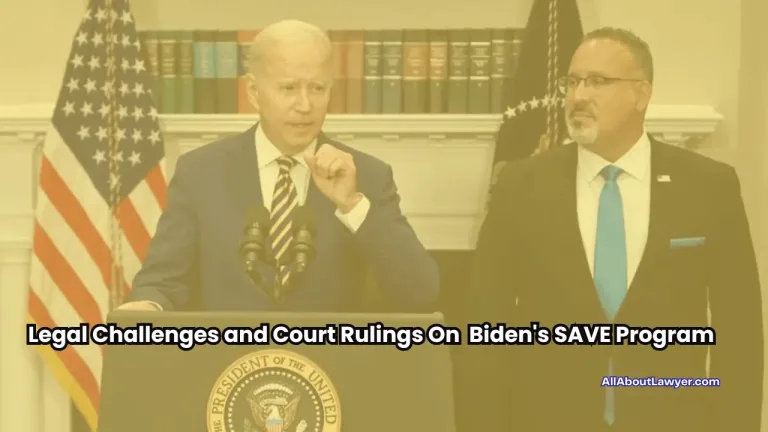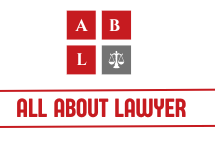Federal Courts Block Biden’s SAVE Program & Lawsuits
President Biden’s new student loan repayment plan faces an uncertain future after two federal judges issued separate injunctions on Monday, preventing full implementation and further loan forgiveness through the program. This development has left millions of American borrowers in limbo and raised myriad questions about the future of student debt relief.
Table of Contents
The SAVE Program: Understanding the Basics
What is SAVE?
The Saving on a Valuable Education (SAVE) program, launched in October 2023, aims to provide significant relief to federal student loan borrowers. It’s an amended version of the existing Revised Pay as You Earn (Repaye) plan.
Key Features Under Scrutiny
– Reduction of monthly payments from 10% to 5% of discretionary income for undergraduate loans
– Weighted average payments for borrowers with both undergraduate and graduate loans
– Faster path to loan cancellation, especially for small loan amounts
– Promise of loan balance forgiveness after 20 or 25 years of payments
Legal Challenges and Court Rulings
Kansas Ruling: Judge Daniel D. Crabtree’s Decision
– Blocked the final component of SAVE set to launch in July
– Questioned the Education Department’s authority to implement such changes
– Cited concerns over the program’s estimated $230 billion cost over a decade
– Dismissed arguments from 8 of 11 challenging states, allowing only Alaska, Texas, and South Carolina to proceed

Missouri Ruling: Judge John A. Ross’s Injunction
– Prevented further loan forgiveness through the SAVE plan
– Sided with arguments about potential revenue loss for state loan servicing agencies, particularly the Missouri Higher Education Loan Authority
The Legal Arguments
Plaintiffs’ Perspective
– Coalition of Republican-led states, headed by Kansas Attorney General Kris Kobach, alleges presidential overreach
– Claims SAVE is an attempt to sidestep the Supreme Court’s earlier ruling on debt forgiveness
– Argues the Higher Education Act doesn’t permit such broad debt relief
Administration’s Defense
– Asserts clear authority under the Higher Education Act of 1993
– Argues SAVE is the fourth iteration of income-driven repayment plans
– Cites the ongoing economic impacts of the COVID-19 pandemic as justification
Impact on Borrowers
Current Beneficiaries
– Over 8 million enrollees in the SAVE plan
– 414,000 borrowers have already had their balances cleared, specifically those who originally borrowed less than $12,000 and had been paying for at least 10 years
Future Uncertainties
– Enrollment status and loan forgiveness prospects now unclear
– Potential reimplementation of higher payment percentages
– Department of Education has stopped accepting new applications
Political and Economic Implications
Republican Opposition
– Criticism of the plan as fiscally irresponsible
– Accusations of vote-buying attempts for the November election
– Senator Bill Cassidy argues the plan transfers debt burden to Americans who chose not to attend college
Democratic Support
– Emphasis on the need for student debt relief
– Arguments for the economic benefits of reduced debt burdens
– White House press secretary Karine Jean-Pierre criticizes Republican efforts to block relief
The White House Response
– Strong disagreement with court rulings
– Commitment to defending SAVE through the Justice Department
– Exploration of other avenues to provide relief to borrowers
Looking Ahead: Potential Outcomes
Legal Pathways
– Possibility of appeals and further court proceedings
– Potential for the case to reach the Supreme Court
– Continued debate over executive authority in student loan policy
Alternative Relief Measures
– Exploration of other avenues to provide borrower relief
– Potential modifications to existing repayment programs
– Ongoing efforts to improve other loan forgiveness initiatives
Conclusion
The injunctions against Biden’s student loan repayment plan have created a complex legal and political landscape. As the courts continue to deliberate on the program’s legality, millions of borrowers face uncertainty about their student debt future.
The outcome of this legal battle will significantly impact higher education financing and the broader debate on addressing student debt in America. Both supporters and critics of the plan are closely watching as this situation unfolds, recognizing its potential to shape the future of educational finance policy in the United States.
Related Articles For You:
Mary Ruth Organics Lawsuit
Drake Lawsuit Complaint with Universal Music Group and Spotify
FAQs
What are the mandatory minimum payments under the SAVE plan?
The plan aimed to reduce payments from 10% to 5% of discretionary income above 225% of the federal poverty line for undergraduate loans.
How many states are involved in the legal challenges?
Two separate lawsuits involve a total of 17 states, with one led by Kansas (11 states) and another by Missouri (6 states).
What is the estimated cost of the SAVE program?
The Congressional Budget Office estimates the program will cost approximately $230 billion over the next decade.
4. Q: How many borrowers have already benefited from SAVE?
A: Over 8 million people are enrolled, with 414,000 borrowers having their loans fully forgiven.
What legal authority does the Biden administration claim for SAVE?
The administration cites authority from the Higher Education Act that established income-driven repayment plans in 1993.
Can borrowers still apply for the SAVE program?
Currently, the Department of Education has stopped accepting new applications due to the court injunctions.
What happens to borrowers who already received loan forgiveness through SAVE?
As of now, the rulings do not appear to affect forgiveness already granted, but this could change as legal proceedings continue.
About the Author

Sarah Klein, JD, is a licensed attorney and legal content strategist with over 12 years of experience across civil, criminal, family, and regulatory law. At All About Lawyer, she covers a wide range of legal topics — from high-profile lawsuits and courtroom stories to state traffic laws and everyday legal questions — all with a focus on accuracy, clarity, and public understanding.
Her writing blends real legal insight with plain-English explanations, helping readers stay informed and legally aware.
Read more about Sarah
